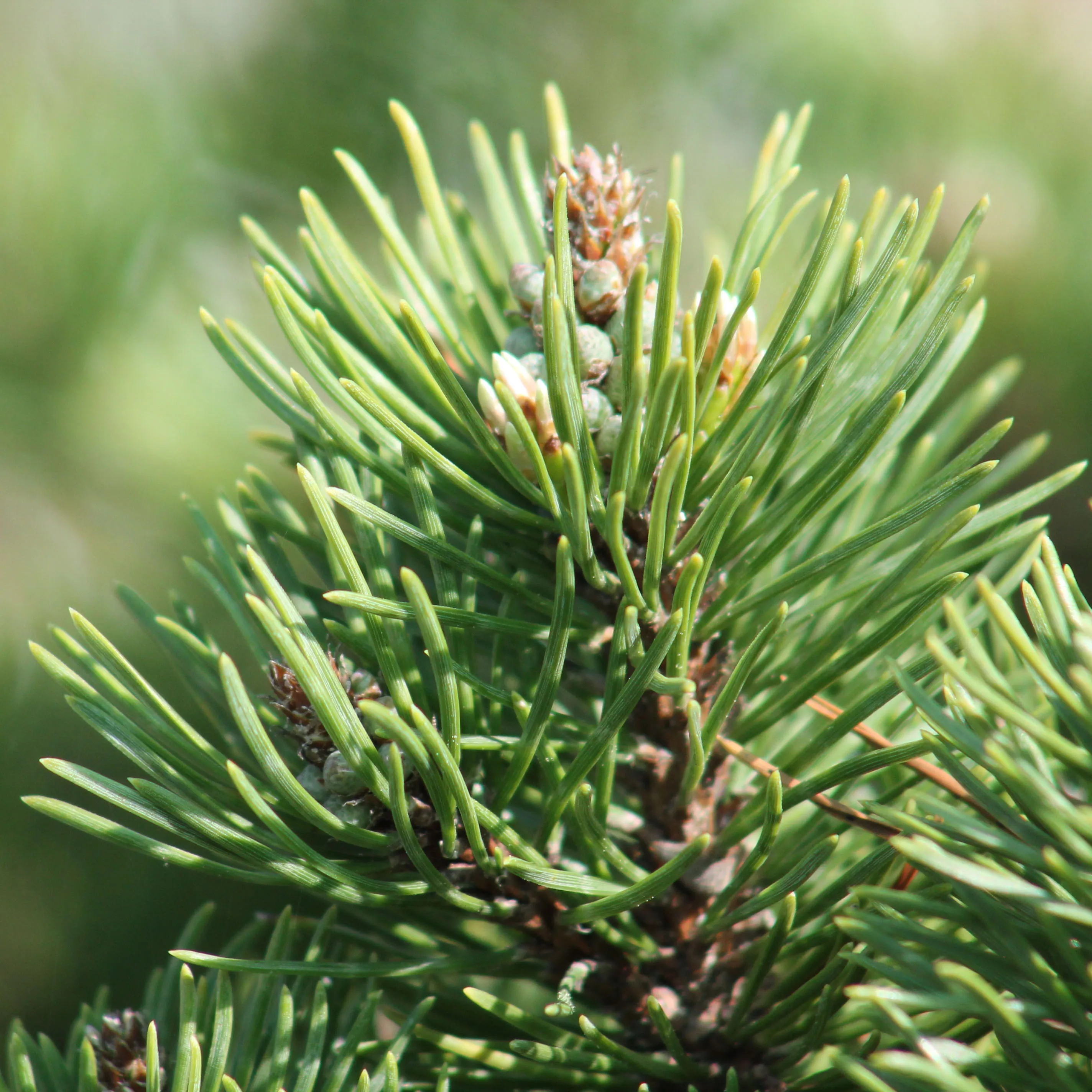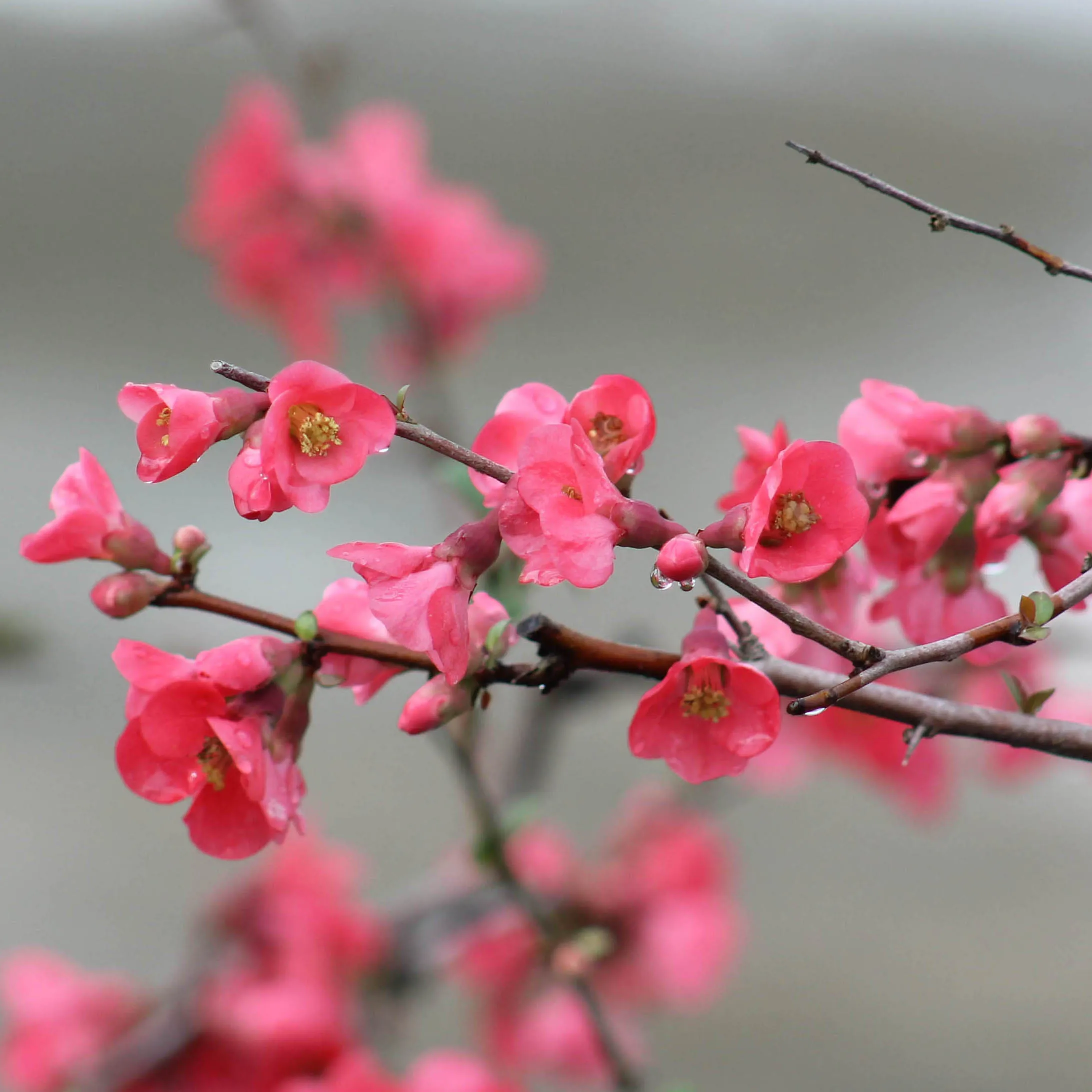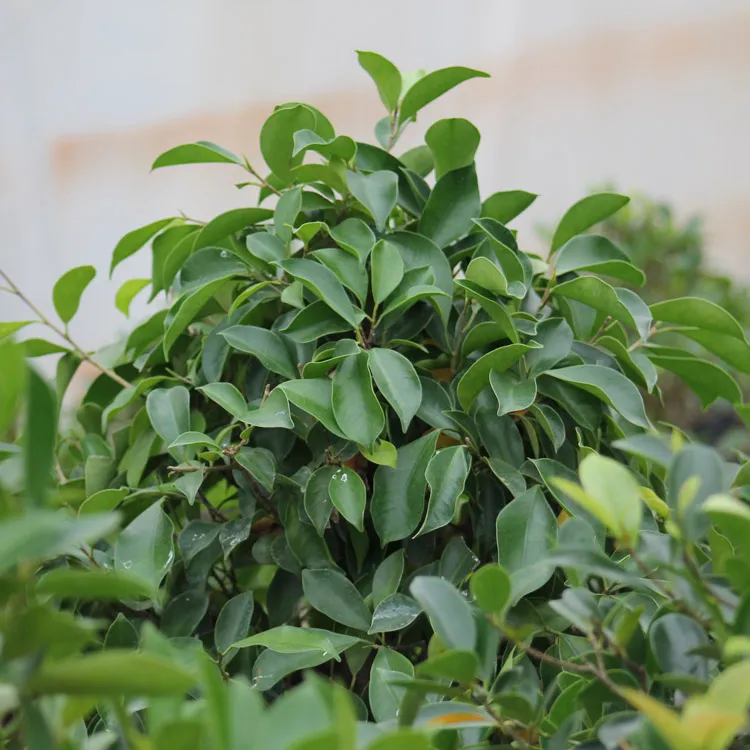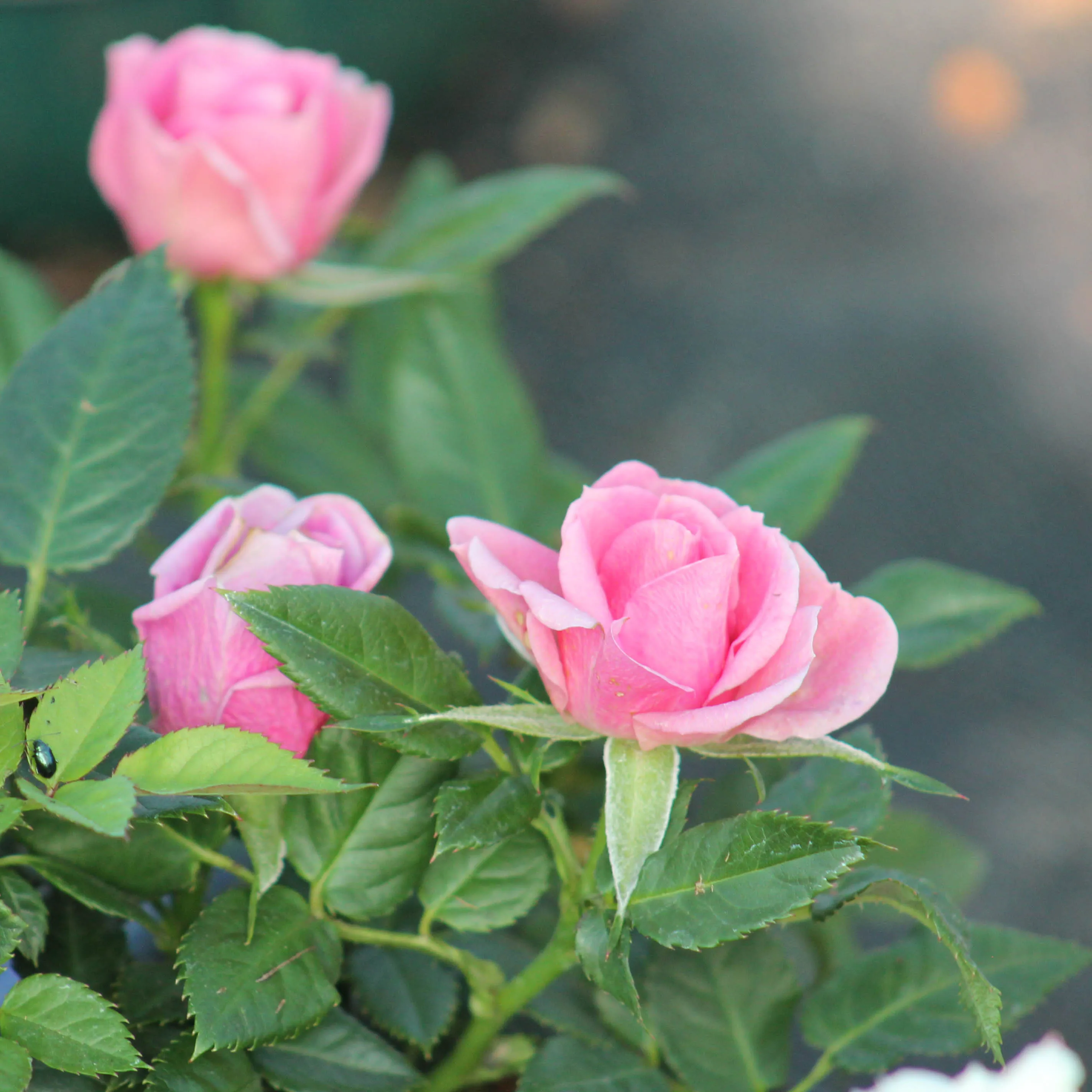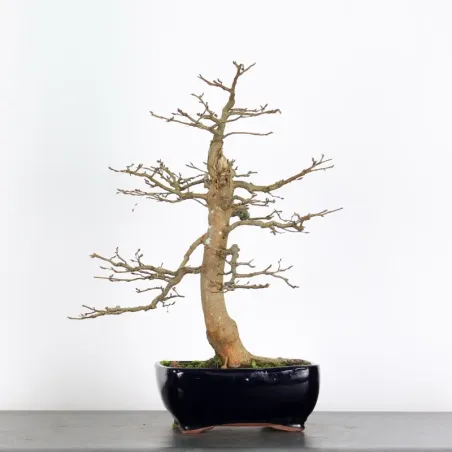 English
en
English
en
Bonsai
Bonsai acer palmatum koto himé 1-2
Year-round outdoor bonsai
The Koto Hime maple, Acer Palmatum Koto Himé has the peculiarity of naturally making small leaves, which makes it an excellent variety to grow as a bonsai. We have been growing it in the ground for years to offer you quality and beautiful sizes.
+ Origin: Japan, Korea, China
+ Foliage: deciduous
Other features:
+ Pink foliage in spring, green in summer. In autumn, it turns light yellow and orange-red.
+ Seedlings grown in the ground and then in pots
Growing tips:
Location: Outdoors year-round, the koto himé maple likes a sunny location in the spring and fall to promote branching and develop beautiful colors. In summer, it is more of an eastern exposure, with sun in the morning and shade in the afternoon, to be protected from the wind. Indeed, it is an undergrowth tree that does not appreciate the scorching summer sun. When temperatures are below zero, protect the pot to prevent the roots from freezing.
Watering: Maple does not like dry water, so keep the soil moist so water it regularly while letting the root ball dry out slightly between two waterings to avoid excess water. Watering will be done very regularly, in hot weather, it's every day ! On the other hand, in winter, water according to the soil monitoring you do. Thanks to the rain and cold, you won't necessarily need to water regularly since the substrate will remain moist.
To do it well: Don't hesitate to water the entire root ball up to the roots, the water will drain away through the holes under the pot or bathe it in water (drenching) for a few minutes, to be sure to water it well. We do not recommend putting a cup/container underneath your pot as the water will stagnate and can cause root rot. (Too much water = asphyxiation).
Substrate and repotting: Koto himé maple likes cool soils with a good amount of organic matter. In the nursery, we use agricultural potting soil which is composed of black peat, blond peat, eco-aged, topsoil, horse manure, pozzolana
Repotting is done in the spring, when the first leaves appear. The ideal time is when the bonsai has started to grow. At this point, it will heal the root cuts faster and create new ones. Thus, avoid repotting in the middle of winter and autumn.
Waist: Pruning your tree regularly will allow you to develop a fairly dense structure. Young shoots tend to be more tender and pliable, making for easier pruning. Older branches are more brittle and require some vigilance when handling.
- Maintenance pruning : In the spring, as soon as the maple has about 5 pairs of leaves. They should be cut back after one or two pairs of leaves. Be careful, do not cut before budding. In this case, you risk weakening your tree and damaging it.
- Pinching : The shoot that develops after pruning should be pinched. The tips of the new shoots are removed after the first pair of leaves. This technique aims to weaken the first very vigorous shoot and produce a second with shorter internodes. Use fine scissors or break them up with your fingers.
- Structure pruning : Remove dead, unsightly branches, those that cross each other, that point upwards or downwards, depending on the structure you want to give to your tree. This technique is done during the winter. Keep two tees at each intersection. Shorten the year's shoots at the first internode to have a compact branching.
Fertilization: In the nursery, we use blue tomato/flower fertilizer NPK 12 12 17. Put a small handful on the substrate from May to October every 2 months.
Japanese Maple in Bonsai: The Complete Guide (bonsaigalinou.com)

 Production of French Bonsai
Production of French Bonsai













